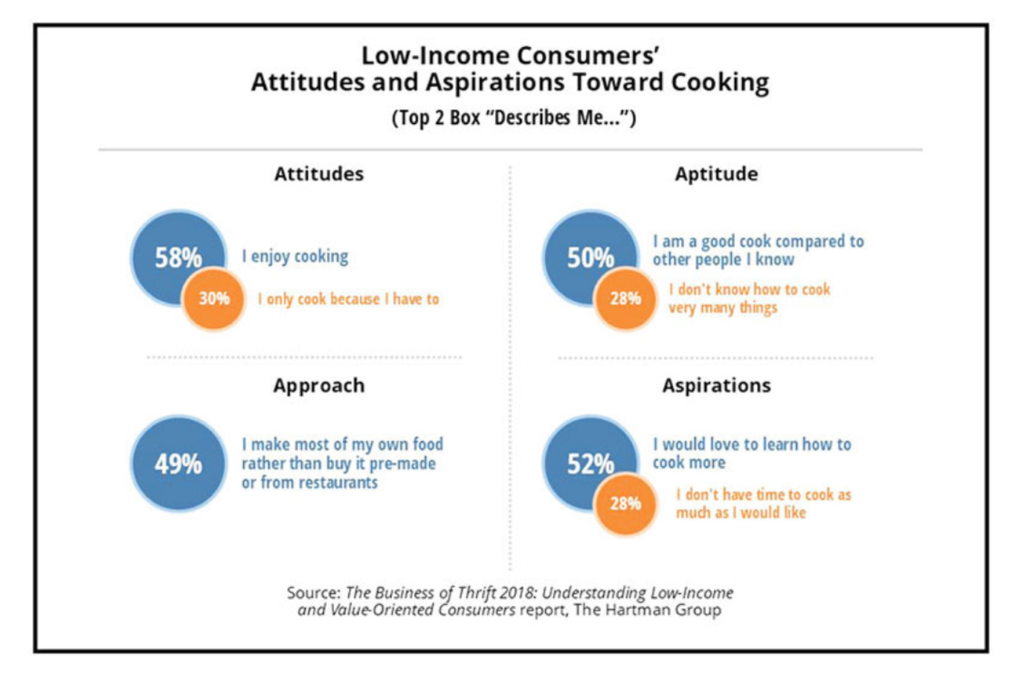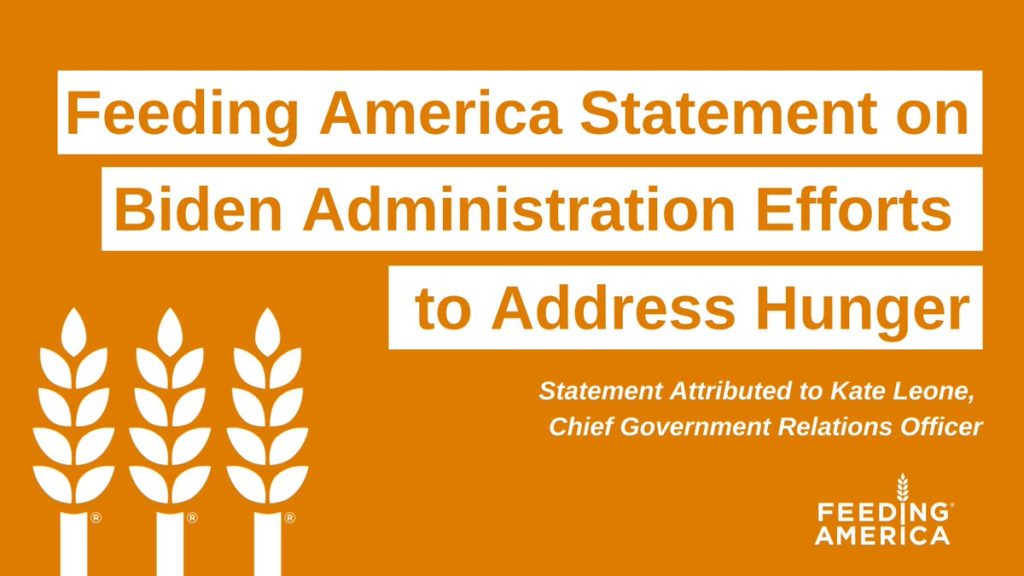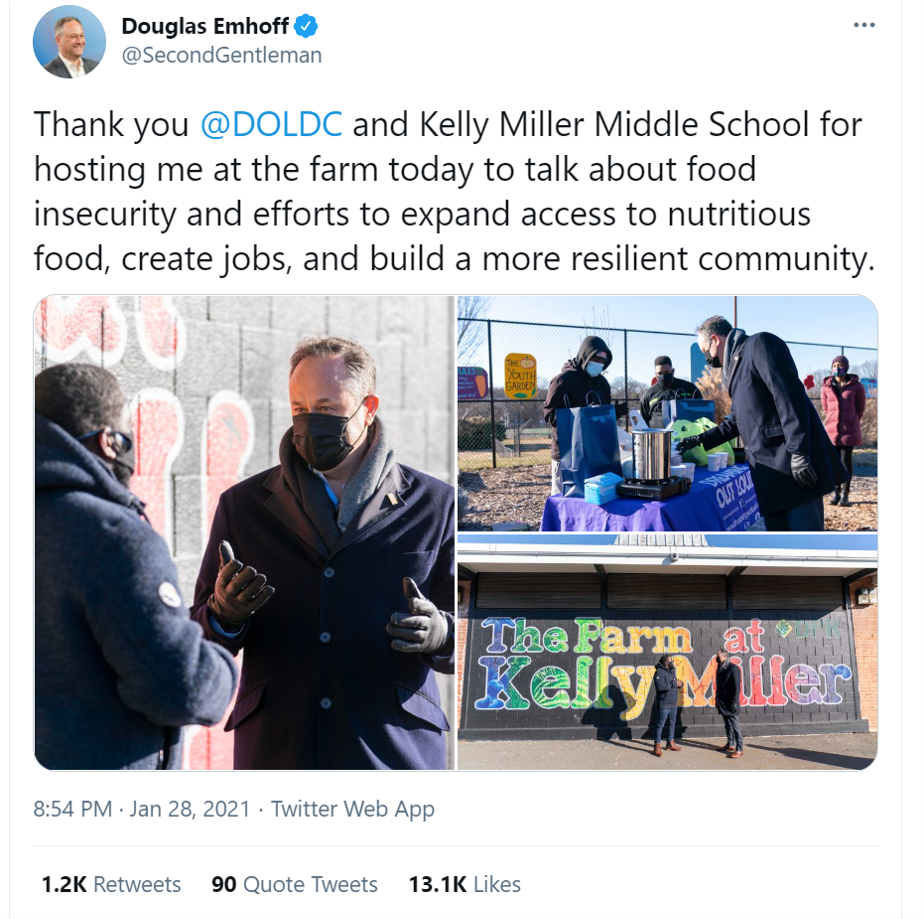 In 2020, the COVID-19 pandemic changed all kinds of aspects of our daily lives, not the least of which were our food habits — how we shopped for food, how we bought food, how we cooked and baked from scratch, and how our tastes and nutritional choices changed with our #StayHome and #WorkFromHome lifestyles.
In 2020, the COVID-19 pandemic changed all kinds of aspects of our daily lives, not the least of which were our food habits — how we shopped for food, how we bought food, how we cooked and baked from scratch, and how our tastes and nutritional choices changed with our #StayHome and #WorkFromHome lifestyles.
People who could keep their jobs and work from home connected by broadband learned how to build up pandemic pantries, shop online, and stay well-fed. But for people in the U.S. who lost employment, had hours cut, or were compelled to stay home to teach kids school, more Americans became food-insecure in the wake of the coronavirus.
By summer 2020, even among consumers whose household economies were relatively unscathed by COVID-19 in the first few months of the pandemic, more people planned to cook at home if economic conditions worsened, Nielsen found. Furthermore, food purchase choices largely depended on price, availability of coupons to discount the price, and looking for “deals” at the grocery store or online channel.
 In addition, 1 in 4 consumers said they would try and grow their own food, and 1 in 5 would use food banks more, based on Nielsen’s research into shoppers during the 2020 summer of the pandemic.
In addition, 1 in 4 consumers said they would try and grow their own food, and 1 in 5 would use food banks more, based on Nielsen’s research into shoppers during the 2020 summer of the pandemic.
Food insecurity has been one of the major side-effects of the pandemic, impacting millions of more people in the U.S. by the end of 2020 than those already visiting food pantries at the start of the year. Lack of access to nutritious food post-pandemic has been growing across various demographics, from children to older Americans. The Conversation published a timely and detailed analysis of food security and some best-case nutrition innovations post-COVID-19 earlier this month that is worth reading.
A new study from RAND published this month quantifies some early impact of COVID-19 on food security. RAND’s top-line was that, “COVID-19 has magnified preexisting racial/ethnic disparities in food security in a very short time, a circumstance linked to a wide variety of health outcomes….now at the highest levels observed over the past decade.”
While the study found that the spike in food insecurity during the first weeks of the pandemic was greater than in the overall U.S. population, the use of food banks and SNAP participation stayed fairly flat. RAND attributed this to barriers in enrolling in SNAP, problems accessing food banks in the economic shutdowns, or feelings of stigma, among other challenges like transportation to food pantry locations.
 “Ultimately, what lower-income consumers want — healthy, tasty, fresh, and affordable food — is not that different from other consumers, but their budgets do not allow for much beyond the essentials,” the Hartman Group’s study, The Business of Thrift 2018, subtitled “understanding low-income and value oriented consumers.”.
“Ultimately, what lower-income consumers want — healthy, tasty, fresh, and affordable food — is not that different from other consumers, but their budgets do not allow for much beyond the essentials,” the Hartman Group’s study, The Business of Thrift 2018, subtitled “understanding low-income and value oriented consumers.”.
“Low-income consumers’ eating aspirations are focused on eating more healthy, fresh and home-cooked food with others,” the Hartman researchers noted. Most people with lower-incomes would rather eat healthy, fresh, and home-cooked foods.
There is a growing list of grocers accepting SNAP benefits online for groceries; I discussed ALDI’s embrace of this here on Health Populi in October 2020.
But as RAND pointed out, there are limitations to SNAP, especially as program support eroded over the past few years. President Biden’s American Rescue Plan includes economic benefits addressing food security, recognizing that food security is part of health security and overall economic development for American families in and beyond the COVID-19 pandemic.
 Feeding America among other social service organizations focused on nutrition security has express support for President Biden’s focus on food as a social determinant of health and family economic wellness in the first week of his Presidency.
Feeding America among other social service organizations focused on nutrition security has express support for President Biden’s focus on food as a social determinant of health and family economic wellness in the first week of his Presidency.
Health Populi’s Hot Points: Food security appears to be one public policy focus adopted by Second Gentleman Doug Emhoff, Vice President Kamala Harris’s husband. This week, Emhoff visited the Farm at the Kelly Miller Middle School in Washington, DC, which attracted media attention from channels as diverse as People magazine, The Associated Press (reprinted in many local newspapers), and in the wonkier Axios and The Hill.
This was Emhoff’s first official visit in his role as “SGOTUS” [FYI Merriam-Webster added the phrase “Second Gentleman” to its dictionary last week].
 Emhoff toured the Farm with Christopher Bradshaw, executive director and founder of the DC non-profit, Dreaming Out Loud. DOL works with community farmers and mobile distributors of food to communities in need, specifically connecting local farmers with people enrolled for SNAP benefits. Bradshaw told him, “We believe that we can utilize the food system as a way to drive economic recovery post-pandemic through food production, through the distribution of healthy food.”
Emhoff toured the Farm with Christopher Bradshaw, executive director and founder of the DC non-profit, Dreaming Out Loud. DOL works with community farmers and mobile distributors of food to communities in need, specifically connecting local farmers with people enrolled for SNAP benefits. Bradshaw told him, “We believe that we can utilize the food system as a way to drive economic recovery post-pandemic through food production, through the distribution of healthy food.”
In the pandemic, there has also been an increase in food waste due to supply chain interruptions and consumer demand spikes and lulls. This was discussed at the World Economic Forum in the context of public health, nutrition, and climate change.
One foodie fact: mayonnaise sales increased 18% in 2020 – astonishing growth rate for this humble condiment.
It’s interesting to note that in this year’s Super Bowl ads — some of the event’s viewers favorite aspect of the game broadcast — Amy Schumer is representing Hellman’s (the iconic mayonnaise brand) on a campaign to fight food waste. “Make taste, not waste,” the campaign calls-to-action.
Here’s a teaser for the ad —
The post Food Trends and Hunger in the Pandemic – the Importance of Food Security in Health and Economic Security appeared first on HealthPopuli.com.
Food Trends and Hunger in the Pandemic – the Importance of Food Security in Health and Economic Security posted first on https://carilloncitydental.blogspot.com
No comments:
Post a Comment